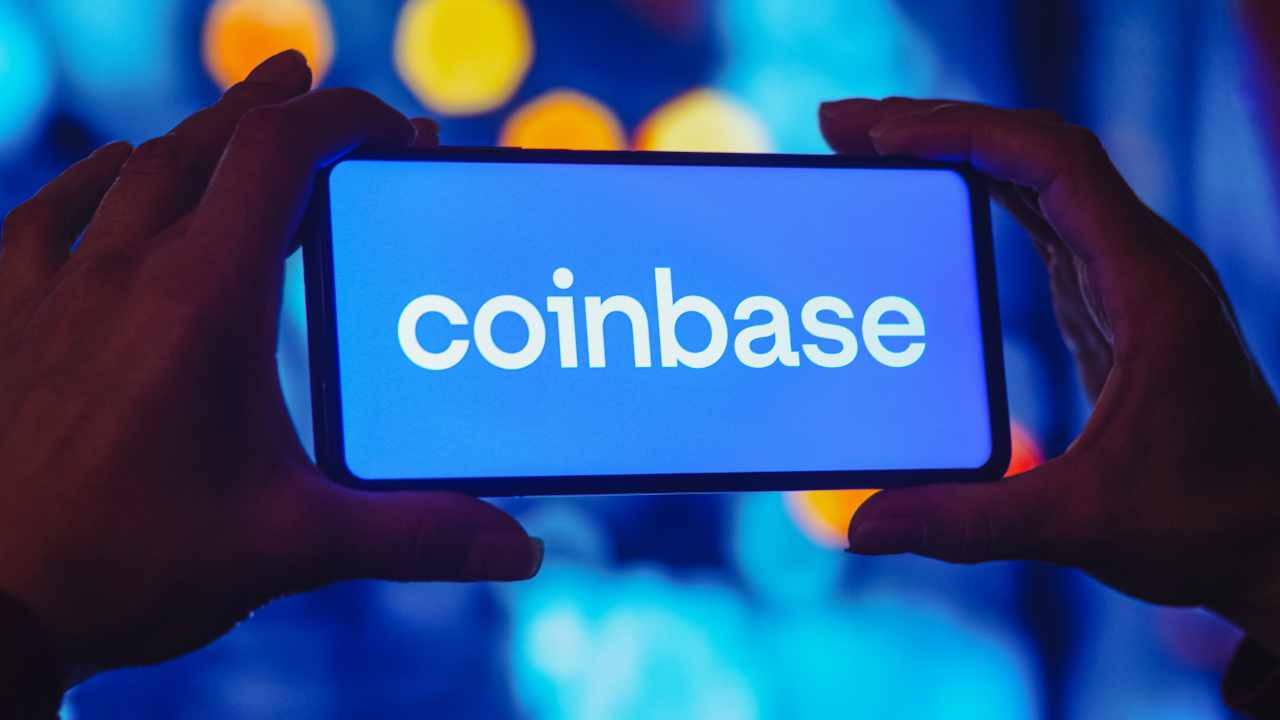ARTICLE AD BOX

Following the widely anticipated halving event in mid-April, Bitcoin (BTC) miners grapple with profitability issues as hash rates shoot through the roof.
Onchain data reveals that barely one week after the halving, the computing power required to make one bitcoin per day soared past 1 exahash per second (EH/s). According to data from CryptoQuant, hash power has never reached these levels, putting a significant dent in miners’ profitability.
Bitcoin halving slashes block rewards by half, with the latest event reducing rewards from 6.25 BTC to 3.125 BTC per block. The reduction in block rewards immediately affects miners’ profitability, requiring them to double their computing power to be in the green.
Prior to the halving, an average of 900 bitcoins were mined per day, but since the four-year event, the figure has hovered around 400 and 500 bitcoins.
Apart from lesser rewards, the cost of mining bitcoins has risen significantly since April’s halving event, with mining profitability metrics falling by over 70% in under a week.
At the moment, several Bitcoin mining firms are under significant strain, and several companies are diversifying their investments to remain above water. Miners are deploying a chunk of resources to artificial intelligence (AI) and other emerging technologies as mining rewards continue to hit new lows.
With the halving affecting the asset’s supply, investors pinned their hopes on increased demand, sending BTC’s price on a rally. However, prices have largely moved sideways, trading at around the $63,000 mark with little to no signs of an upward movement.
Experts opine that the halving may have been priced in the buildup to the event, while others predict a deviation from other halving events, citing the “condensed nature of the price cycle.” Other halvings have sent BTC prices to new all-time highs, often catalyzing a broader bull run for the ecosystem.
A Kaiko report said, “Bitcoin may have enjoyed massive returns following its previous halvings, but the latest event comes as the asset class matures and macroeconomic conditions remain uncertain.”
Turning to fees as a way out
Despite declining block rewards, miners are turning to fees to remain profitable, driven by the Runes, a protocol allowing users to mint tokens on Bitcoin blockchain. Since Runes launched, the ecosystem tumbled into a frenzy with $12 million collected as fees for nearly 44,000 transactions.
The halving block generated over $2.4 million in fees, largely fuelled by Runes despite hardliners describing the protocol as a “pure degenerate speculation” with no practical use case. However, struggling miners embrace the protocol as a silver bullet to their dwindling profitability metrics.
.png)
 6 months ago
5
6 months ago
5








 English (US)
English (US)